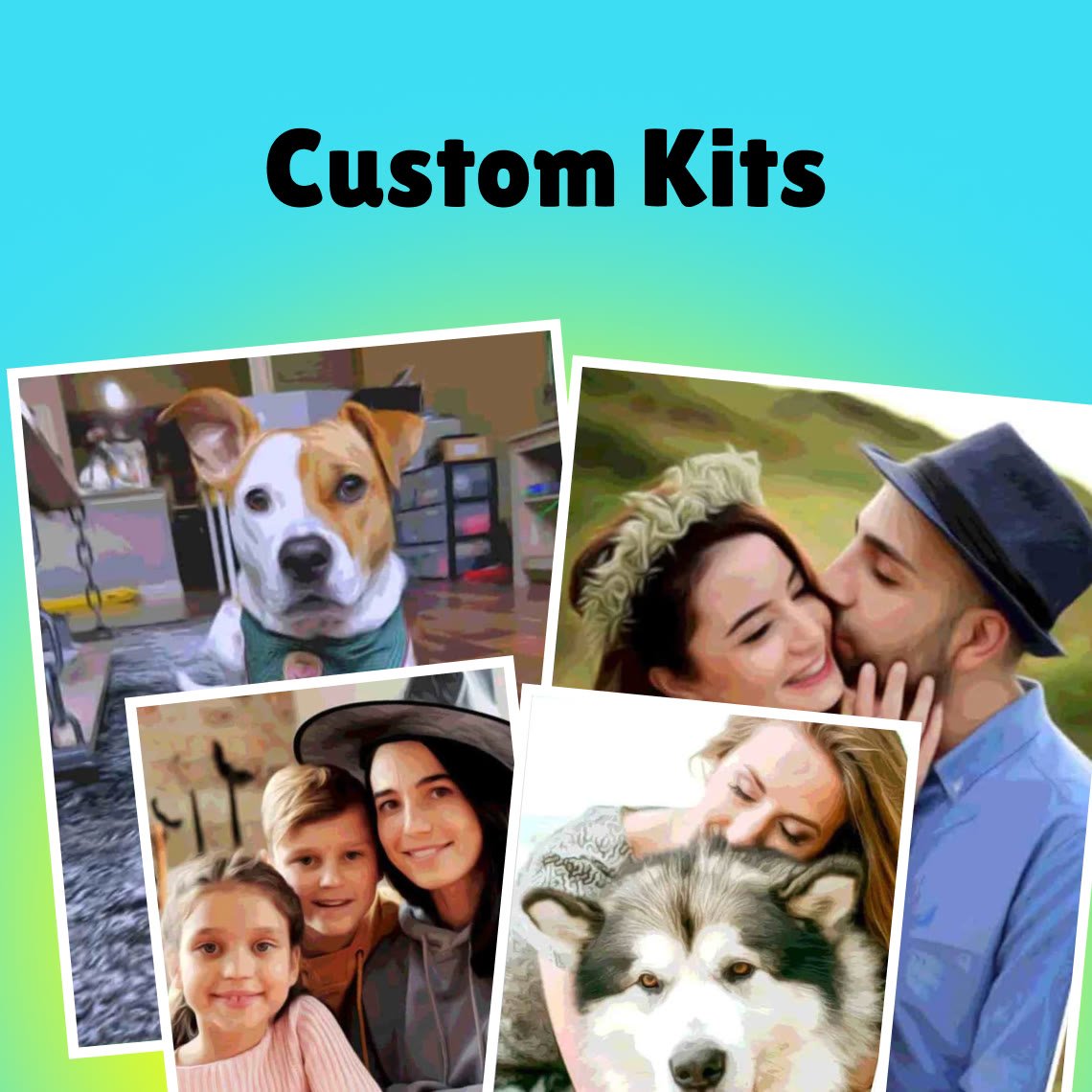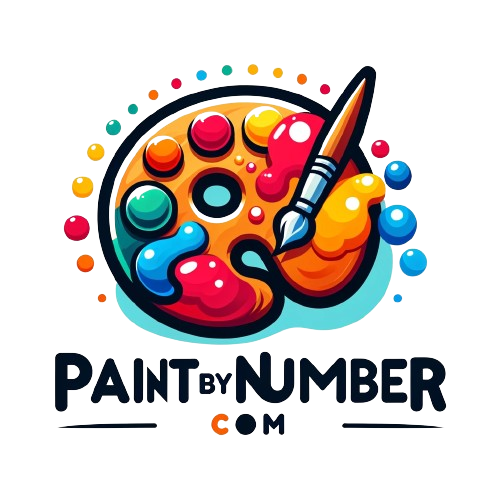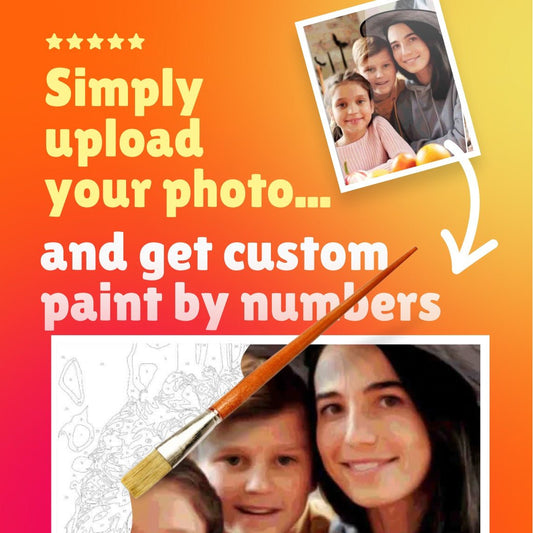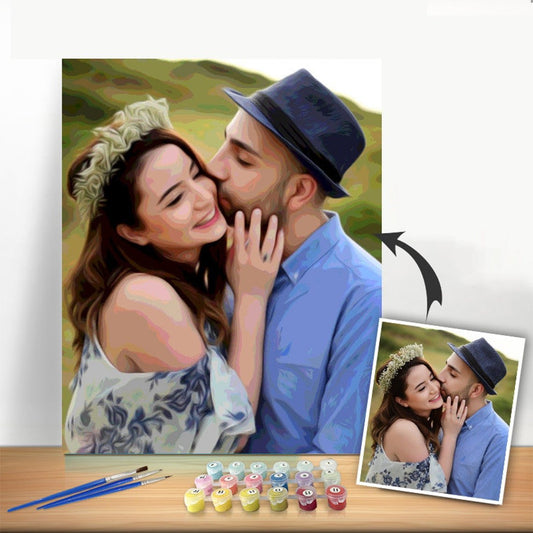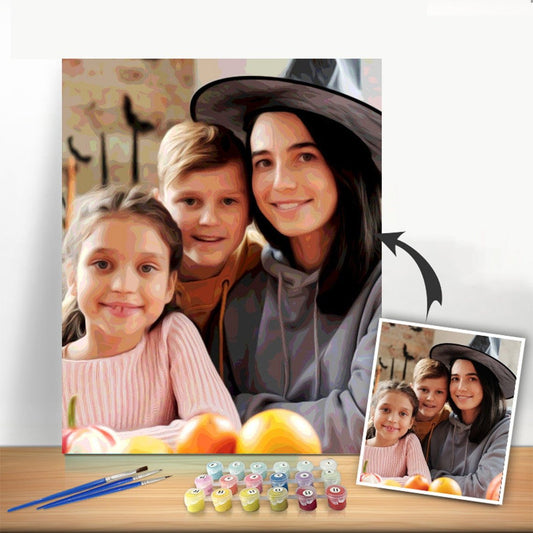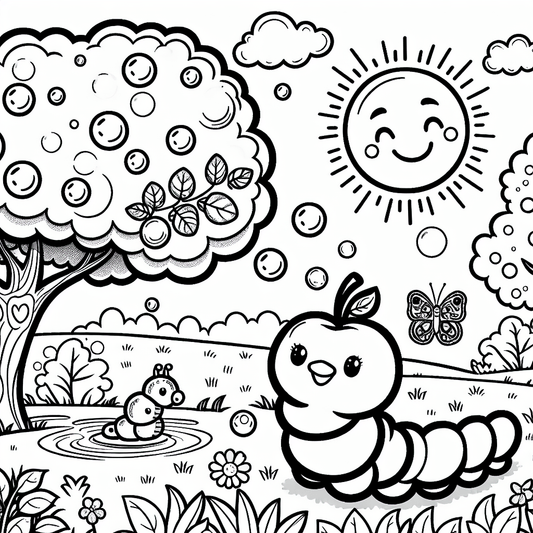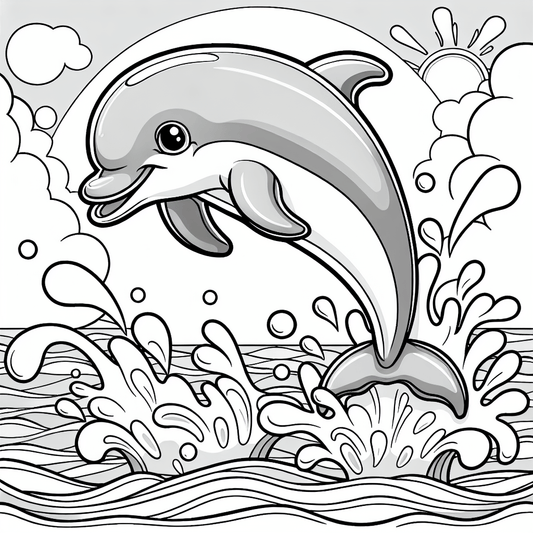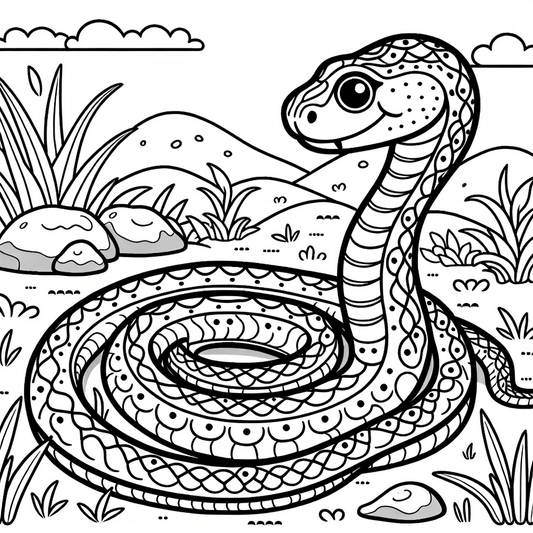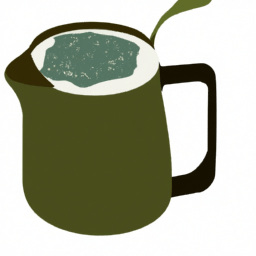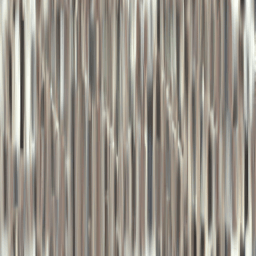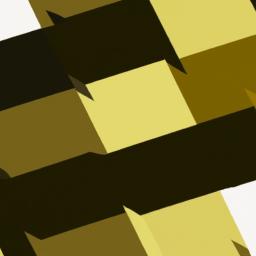Drawing a turtle can be a fun and rewarding experience, allowing you to explore shapes, patterns, and textures. Below is a step-by-step guide on how to draw a turtle, accompanied by images to help visualize each step.
Step 1: Draw the Outline
- Start with a simple oval for the turtle's shell.
- Add a smaller oval at one end for the head.
- Sketch four flipper-shaped legs protruding from the sides of the shell.
Step 2: Add Details to the Shell
- Inside the large oval, draw curved lines to create sections on the shell, mimicking the natural pattern of a turtle's carapace.
- You can add some texture to the shell by sketching small, irregular shapes within each section.
Step 3: Detail the Head and Legs
- Draw two circles for the eyes on the head and a small curve for the mouth.
- Add detail to the legs by sketching the outlines more precisely, showing the folds and the texture of the skin.
Step 4: Finalize with Shading and Texture
- Use shading to give your turtle drawing depth and dimension. Focus on the underside of the shell and the parts of the legs that would naturally be in shadow.
- Enhance the texture of the shell and skin by adding fine lines and dots.
Step 5: Color (Optional)
- If you wish to color your turtle, choose greens and browns for a natural look. Pay attention to the light source to make your coloring more realistic.
Images for Visual Aid
To better illustrate each step, let's generate some images:
- For the first step, an image showing a basic outline of a turtle with an oval shell, a smaller oval for the head, and flipper-shaped legs.
- For the second step, an image highlighting the detailed sections on the shell.
- For the third step, an image focusing on the detailed head and legs with eyes and texture.
- For the final step, an image showing the turtle with shading and texture, possibly in grayscale to emphasize form.
Let's start by creating an image for the first step:

Here's the first step visualized: a basic outline drawing of a turtle. This image shows the initial structure with a large oval for the shell, a smaller oval for the head, and simple shapes for the legs.
Next, let's create an image for the second step, focusing on detailing the shell with sections.
The second step is visualized with a detailed drawing of a turtle shell, featuring curved lines within the shell to create a realistic pattern of sections. This step focuses on adding texture and detail to the shell, giving the turtle drawing depth and realism.
Moving on to the third step, we'll illustrate the detailing of the head and legs, including eyes and textures.
The third step is illustrated with a drawing focusing on the detailed head and legs of the turtle. This includes eyes on the head, a small curve for the mouth, and the legs outlined with folds and textures to simulate the skin. This step enhances the realism of the turtle by adding these finer details.
For the final step, let's create an image that shows the turtle with shading and texture to give it a more three-dimensional look.

The final step in drawing a turtle is visualized with shading and texture to enhance depth and realism. This includes shading under the shell and legs to highlight the three-dimensional form, along with fine lines and dots to suggest texture on the shell and skin, making the turtle appear more lifelike.
By following these steps and using the provided images as a guide, you can create a detailed and realistic drawing of a turtle. Remember, the key to a great drawing is practice and experimentation with different techniques to find what works best for you. Happy drawing!
